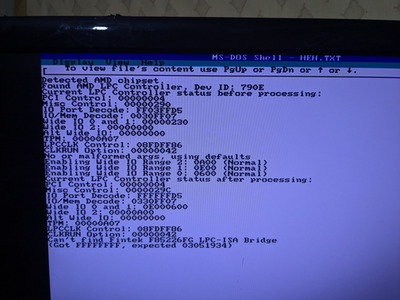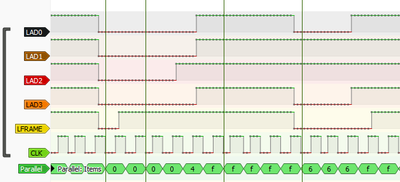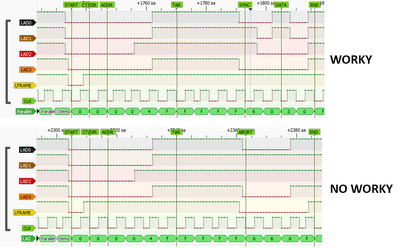Reply 180 of 517, by LSS10999
rasteri wrote on 2023-08-07, 15:31:LSS10999 wrote on 2023-03-26, 12:43:By the way, it seems the executable I built with DJGPP (actually cross-compiled from Linux) doesn't run when JEMM386 is active.
On this AM4 motherboard I'm having similar issues running DJGPP-compiled code that uses CWSDPR0 for ring-0 DPMI (e.g. sapphisa, quake) when even himem is loaded. I have to put DOS=NOAUTO in config.sys to stop windows 98 loading himem (IO.SYS apparently does this automatically).
But in any case, the fintek isn't being detected by your LPCEXP utility or by sapphisa. I'll need to double check I didn't fry the chip.
Does your test board (A320M-K) also have the TPM selection toggle? The one that allows choosing whether to use a discrete or built-in (firmware) TPM.
I'm not sure how it works, but from what I tested on my Prime B450M-A, it'll automatically revert to firmware TPM option if a real TPM device is not detected. Yet, I couldn't find anything out of ordinary from related registers...
Normally once the bit enabling 4E/4F registers is set the Fintek chip should be accessible if nothing goes wrong. My LPCEXP should have already done that.
Did you recheck this on your existing (Intel) test boards? At least that should tell whether your Fintek chip is working or not.


